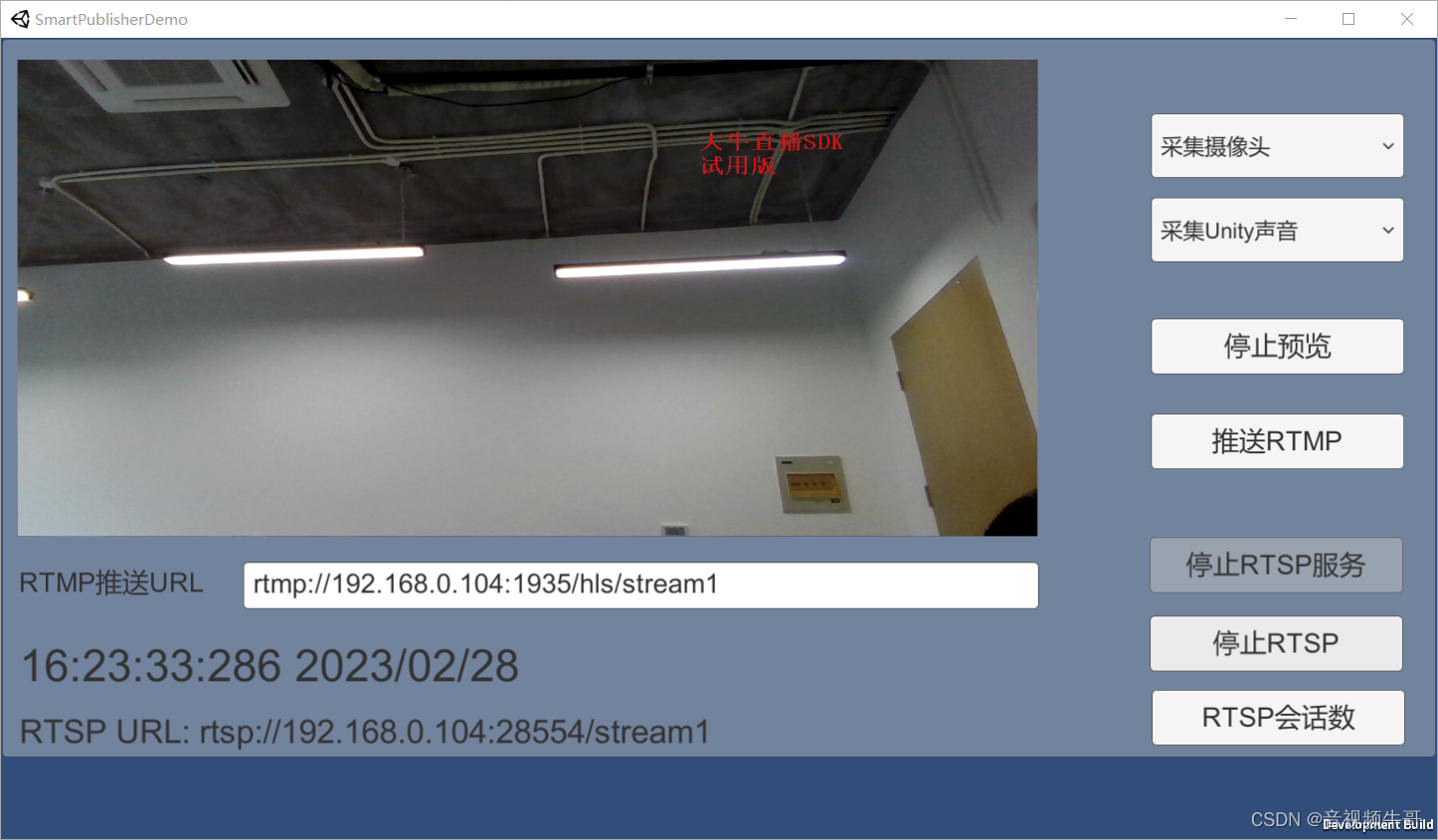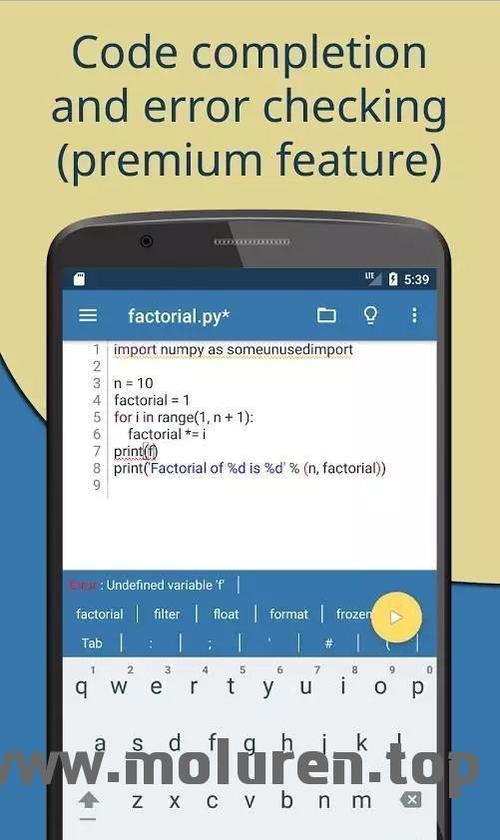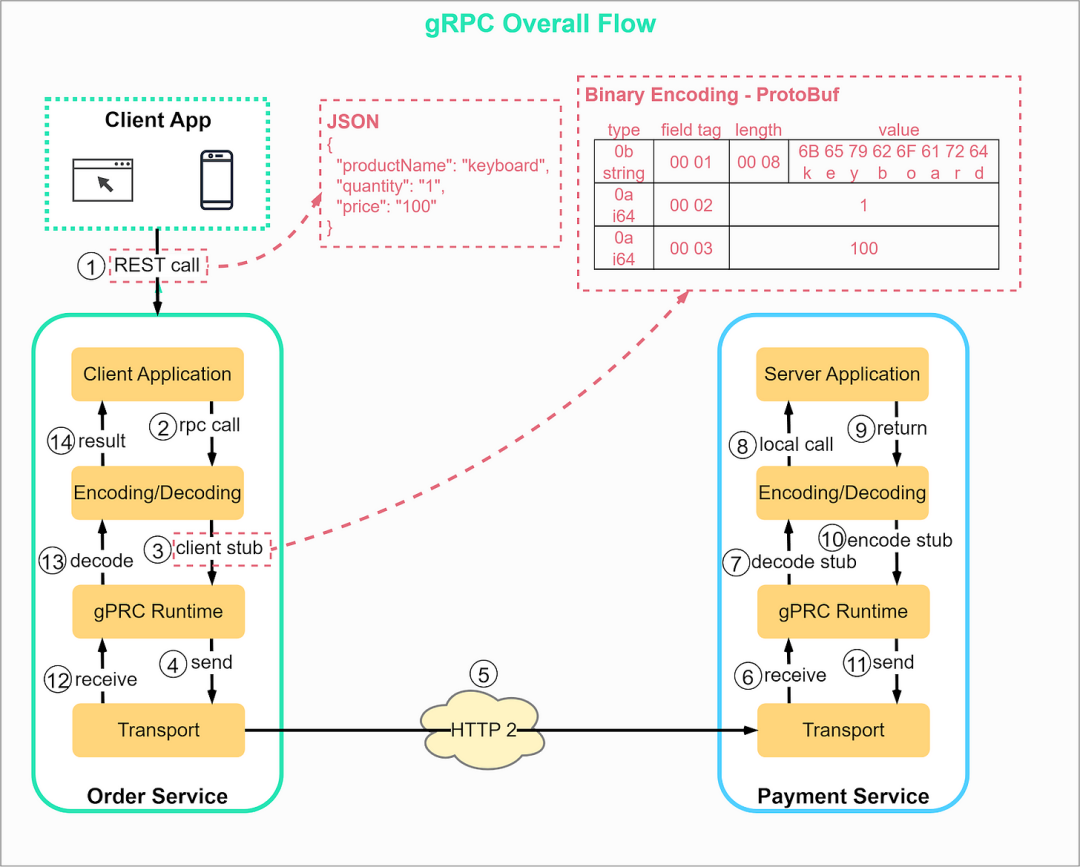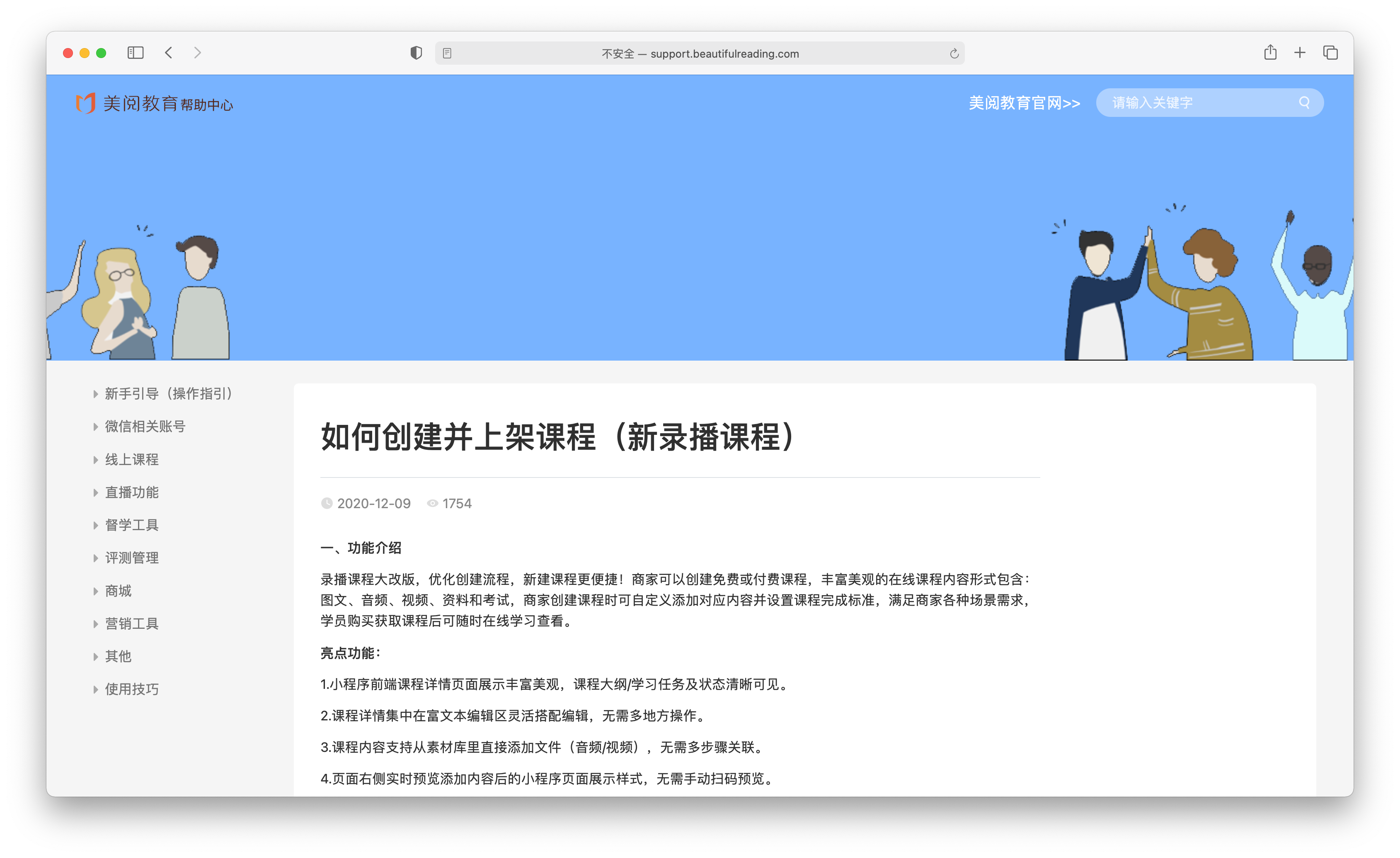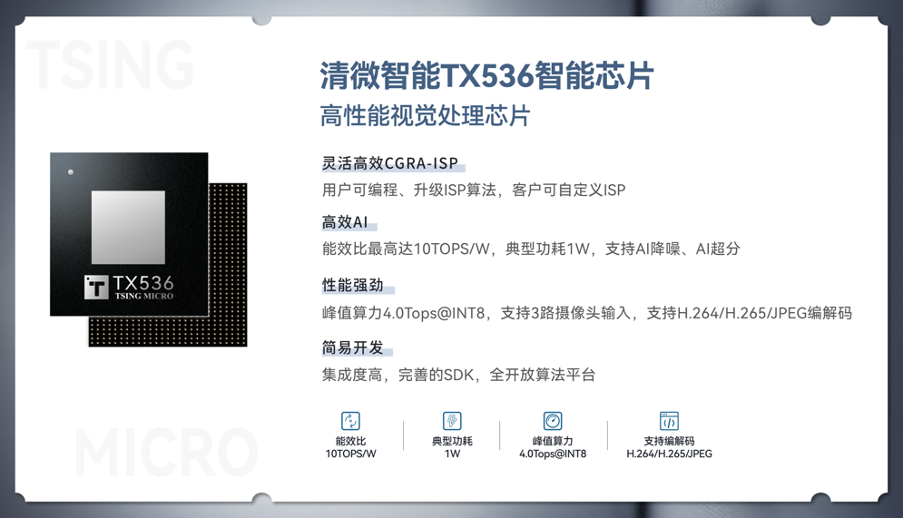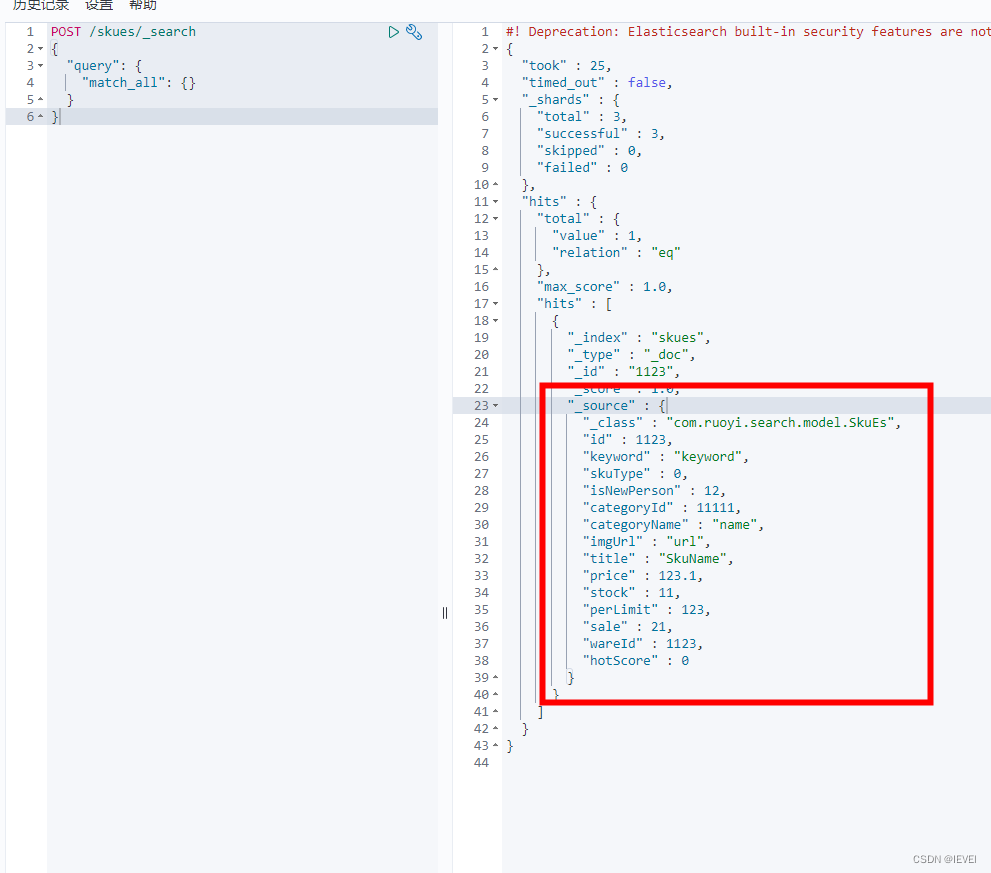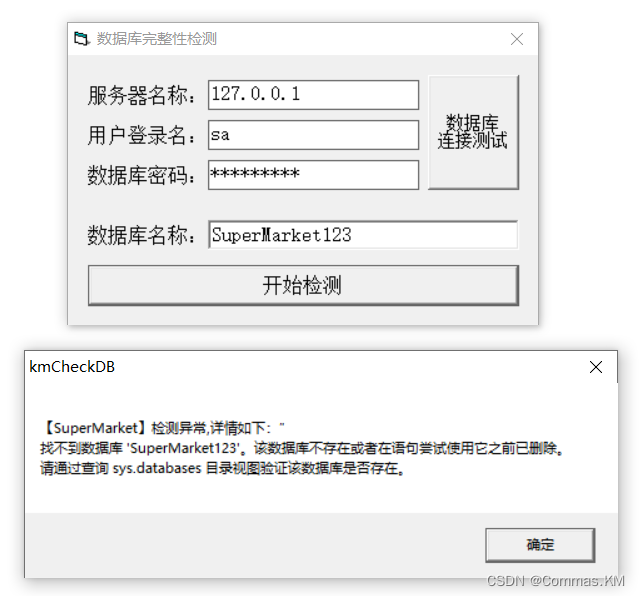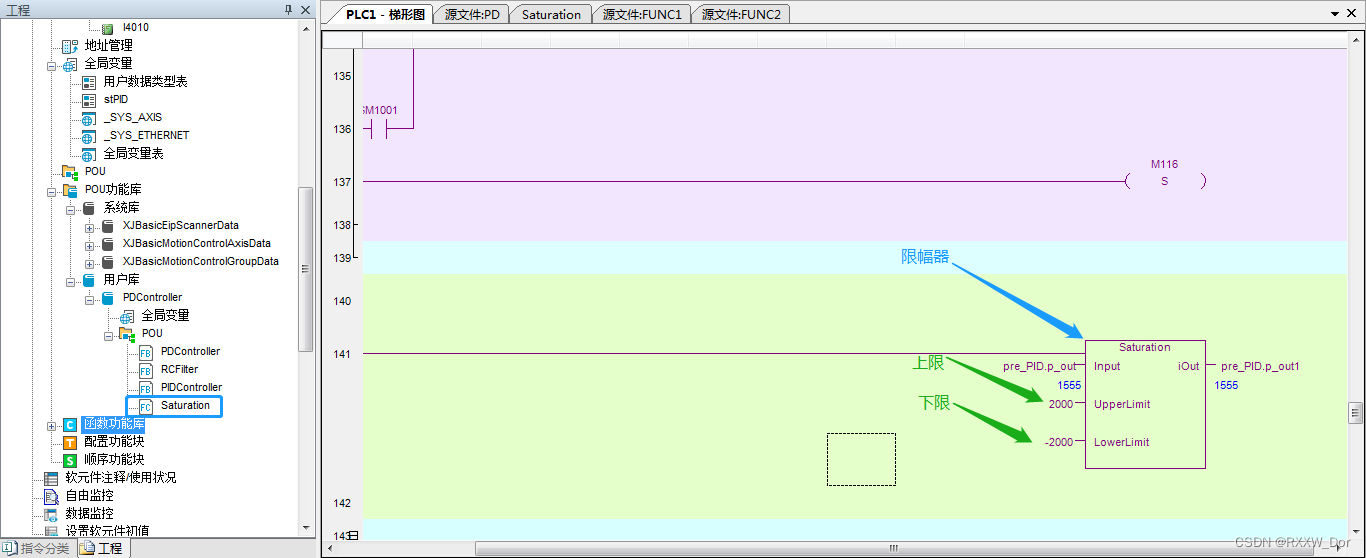- 内容:使多个对象都有机会处理请求,从而避免请求的发送者和接收者之间的耦合关系。将这些对象连成一条链,并沿着这条链传递该请求,直到有一个对象处理它为止。
- 角色:
- 抽象处理者(Handler)
- 具体处理者(ConcreteHandler)
- 客户端(Client)
- UML图
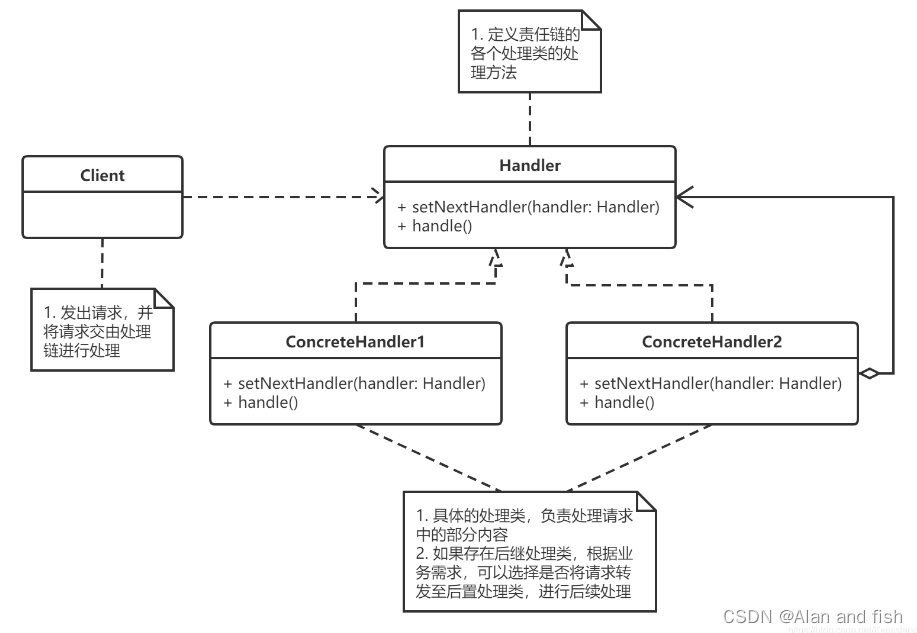
- 举个例子:
需求:在公司申请请假,请假天数的不同,审批权限也不同,根据天数来这个一个模式进行申请分发。
from abc import ABCMeta, abstractmethod
class Handler(metaclass=ABCMeta):
@abstractmethod
def handle_leave(self, day):
pass
class GeneralManager(Handler):
def handle_leave(self, day):
if day <= 10:
print("总经理准假%d天" % day)
else:
print("你还是辞职吧")
class DepartmentManager(Handler):
def __init__(self):
self.next=GeneralManager()
def handle_leave(self, day):
if day<=5:
print("部门经理准假%s天"%day)
else:
print("部门经理职权不足")
self.next.handle_leave(day)
class ProjectDirector(Handler):
def __init__(self):
self.next=DepartmentManager()
def handle_leave(self, day):
if day<=3:
print("项目主管准假%d天"%day)
else:
print("项目主管权限不足")
self.next.handle_leave(day)
# client
day=15
h=ProjectDirector()
h.handle_leave(day)
输出结果:
项目主管权限不足
部门经理职权不足
你还是辞职吧
- 适用场景:
- 有多个对象处理一个请求,哪个对象处理由运行时决定
- 在不明确接收者的情况下,向多个对象中的一个提交一个请求
- 优点:
- 降低偶合度:一个对象无需知道是其他哪一个对象处理其请求
